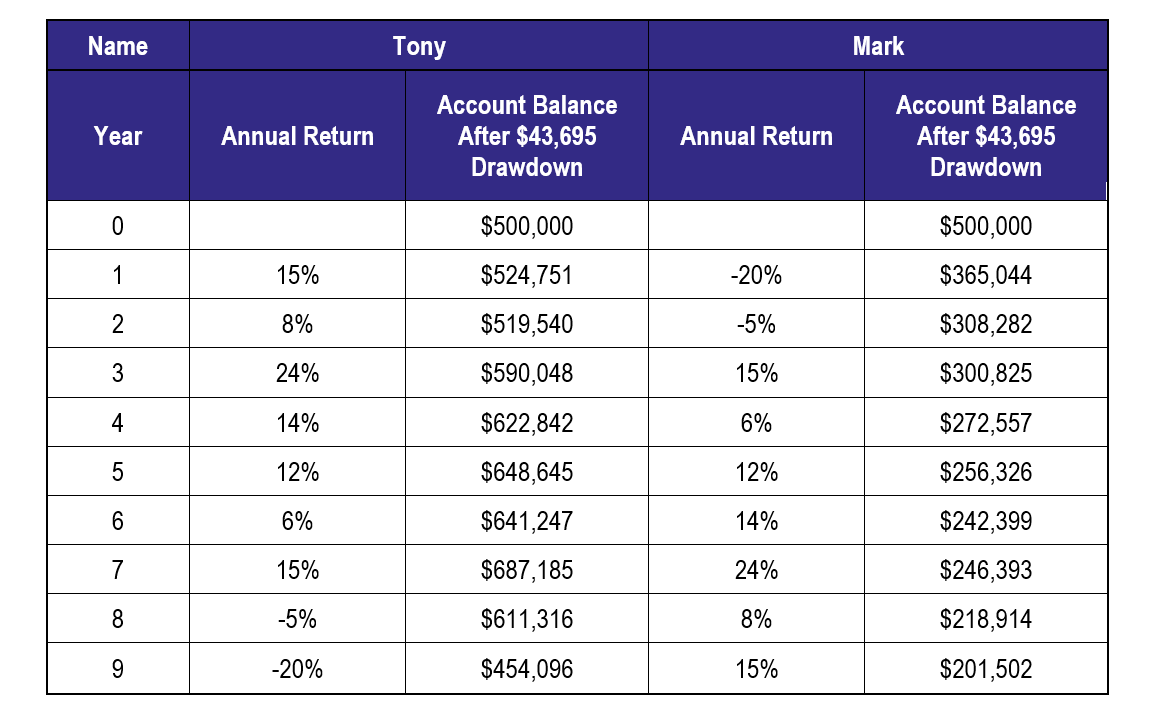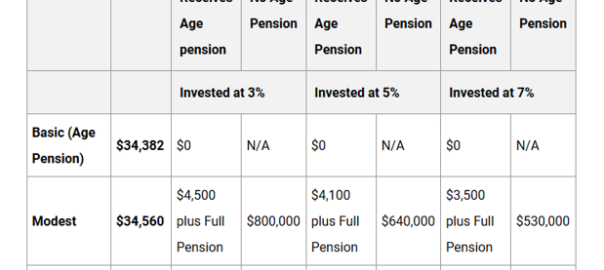
Saving for Retirement
Over the next few years the age at which you can begin to start receiving the Age Pension will gradually increase from age 65 to age 67 (depending on your birthdate), with most people now having to be 65 and a half before they can access the Age Pension. Every time the Age Pension age increases or there’s talk of it increasing, you’ll hear all over the media people who now can’t retire because they have to wait a few more years before they can access the Age Pension.
 Unfortunately for some, the Age Pension will be critical to fund their retirement, but the Age Pension age doesn’t need to be your Retirement Age. There’s a few things you can do to help reduce your reliance on the Age Pension and retire when you want to retire, our motto is that we’d rather you be working because you want to, not because you have to.
Unfortunately for some, the Age Pension will be critical to fund their retirement, but the Age Pension age doesn’t need to be your Retirement Age. There’s a few things you can do to help reduce your reliance on the Age Pension and retire when you want to retire, our motto is that we’d rather you be working because you want to, not because you have to.
Super Contributions – Your employer pays 9.50% of your wage into Super as a Super Guarantee Contribution (SGC), but if your cash flow allows for it, you can top that up through a Salary Sacrifice arrangement or making Personal Concessional Contributions, up to an annual cap of $25,000 (which includes your SGC). This allows you to boost your Super Savings while at the same time helping you save tax personally.
You also have the opportunity to put up to $100,000 in as a Non-Concessional (After-Tax) Contribution and even up to $300,000 utilising the bring-forward rule in one year (if you haven’t made large contributions previously). Depending on your Super Fund, this can be a transfer of any cash you may have or even other assets such as shares. Remember that the new $1.6mil balance rules need to be taken into consideration.
Depending on your income, if you make a Non-Concessional Contribution the government may give you a Government Co-Contribution up to $500 on a $1,000 contribution (you can contribute more, but the co-contribution is based on a maximum $1,000). If your income is below $36,813 for FY18 you will receive the full $500 Co-Contribution, and you will receive a pro-rata amount if your income is above $36,813 but below $51,813.
Consolidate your Super – For some you may have multiple Super accounts, each time you start a new job your employer may start a new Super Fund for you if you haven’t given them the details of your existing Super Fund. If you’ve got multiple Super accounts it may be worth consolidating them into the one account which may help to reduce the total fees you’re paying on your Super accounts. However, you need to be careful that when you rollover any Super into another account you will lose any insurance you may hold.
Review your Insurance – Most Super accounts come with default insurance cover, and insurance is a very powerful tool to protect you and your family in case something happens to you. For those later in life, who are empty nesters, paid off the mortgage and are close to retirement, your need for cover may not be as important as someone who’s just starting a family and recently taken on a mortgage. Although insurance may be needed, it is always worth reviewing it on a regular basis to ensure your level of cover is appropriate and you’re paying for what you need, as the premiums come out of your Super balance. In some circumstances it may also be worthwhile holding some of your insurance cover outside Super.
JBS can help provide a full review of your Superannuation and Insurance and help you put strategies in place to ensure that you’re working because you want to, not because you have to. We’d rather you work towards your Retirement Age.
– Peter Folk –









 One of the more prominent changes to Super that came into effect was the removal of the concessional tax treatment of Transition to Retirement Pensions (TTR Pension). Pre 1 July 2017 any money held within a TTR pension received a 0% tax rate on any income or realised capital gains, however post 1 July 2017 money held within the TTR pension is taxed at 15% (same as accumulation).
One of the more prominent changes to Super that came into effect was the removal of the concessional tax treatment of Transition to Retirement Pensions (TTR Pension). Pre 1 July 2017 any money held within a TTR pension received a 0% tax rate on any income or realised capital gains, however post 1 July 2017 money held within the TTR pension is taxed at 15% (same as accumulation).













 There are two ‘conditions of release’ (technical term for eligibility criteria to be able to access your super) for members to utilise under extenuating circumstances prior to retirement.
There are two ‘conditions of release’ (technical term for eligibility criteria to be able to access your super) for members to utilise under extenuating circumstances prior to retirement.

